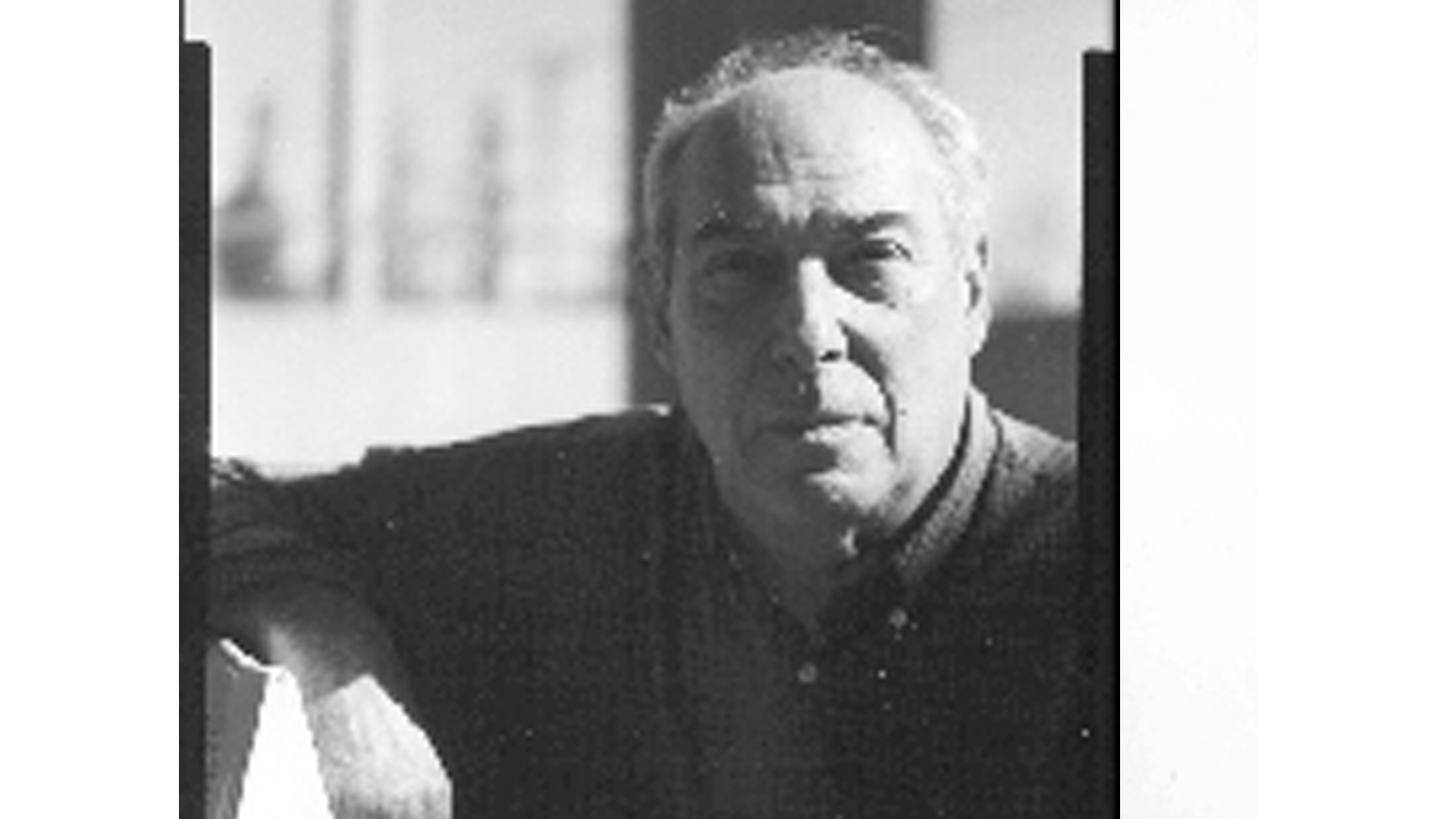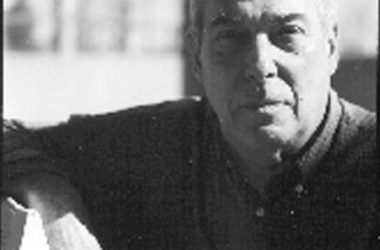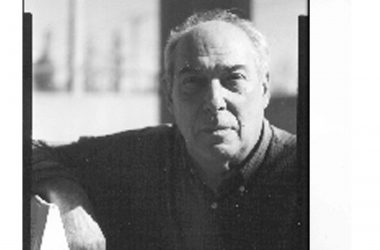By Noel Ignatiev
How we look at the past reveals a great deal about us in the present. Consider a recent look at the past, Martin Scorsese’s film, “Gangs of New York,” and the critical response to it:
The climactic scene in the film is the so-called New York Draft Riots of 1863. I say “so-called” because the riots, although they were triggered by the draft, were the result of forces that had been operating long before. Their underlying cause was the opposition by Irish unskilled laborers to a war they feared would result in their being forced to compete with black workers in a free labor market. In order to prevent that, they attacked symbols and representatives of the federal government, fought with the police, tore up railroad tracks, and destroyed telegraph lines and port installations. In the course of their weeklong insurrection, they killed hundreds of black people, in many cases setting them on fire and perversely mutilating their bodies, and burned the Colored Orphanage. They did all these things at a time when armed forces of the enemy were a hundred-odd miles away, making clear they understood what they were doing by running up and cheering the enemy’s flag.
The film depicts the events, more or less. Although a few reviewers criticized Scorsese for fiddling with the record, compressing time and so forth, many hailed the film as an epic. The Boston Globe, noting the high level of violence, praised it for showing the “savagery” at the heart of the American experience. The New York Times, praising “Mr. Scorsese’s bravery and integrity,” compared it to John Ford’s films, which make up a “myth of American origins,” and to D.W. Griffith’s “Birth of a Nation.” America says it could be called “The Birth of a City.”
Neither the violence nor the minor deviations from actual events and details bother me; after all, that is what an artist is supposed to do. I am bothered that the film distorts the meaning of the events, turning them into a conflict between native and Irish and reducing the problem of race to a footnote. Typical is the Christian Century reviewer, who noted that, “along the way, the mob kills the blacks it encounters.” Neither the Times nor America pointed out that the story told in the film is false, every bit as false as the story Griffith told in his classic of white supremacy. To them, and to Scorsese, the white supremacy at the heart of the riots just happened “along the way.”
Of the reviews I read, only two noted the film’s problem with race. The first was by Ron Howell, writing in Newsday. Howell scored the film for “romanticiz[ing] the experience of Irish immigrants while slighting that of the city’s blacks.” The second was by David Denby, writing in the New Yorker; his review is worth quoting at length:
Blacks are the repressed presence in this movie fantasy, and the omission makes nonsense of the sequences devoted to the horrific Draft Riots of 1863. There were populist elements in that rebellion (for three hundred dollars, a young man could buy his way out of conscription), and the filmmakers harp on them. Fair enough. But they also present the riot as an outgrowth of the Irish fight against the nativists. The tone of what we see is, at first, celebratory–it’s a virtuous revolt, the Bolsheviks coming down the street–and then, as Union soldiers fire on the rioters, tragic. The actual rioters burned down a Negro orphanage and strung up black men on lampposts and set them on fire (the orphanage doesn’t show up in the movie, the lynchings only in passing). It was blacks who suffered most in this tragedy. The filmmakers, hoping to memorialize the immigrant Irish as the soul of a new nation, went down the wrong path, then pulled back, only to end in confusion, halfway excusing an awful event.
With the two exceptions quoted above, the response of the reviews I have read is consistent with a long history of commentators’ seeking to apologize for or even glorify the rioters by saying that they were voicing working-class resentment, and that the riots were a progressive model of resistance to the military draft. (Sad to say, even Black 47, from whom we have come to expect better, took that line in their song “Five Points.” And many have explained the 1974 reaction of South Boston Irish to school desegregation in the same way.) Yes, the rioters were spurred by poverty and anger at the inequities of the draft, but to call their actions an expression of working-class rebellion is to reduce class to a sociological category. It is also to spit on the memory of the black people, free and slave, who were even poorer than the Irish and who also were victimized by inequities in the draft and in the conditions of military service, but who acted with dignity and the assurance that the abolition of slavery was in the class interests of laborers everywhere.
In 1841, sixty thousand Irish, headed by the Liberator, Daniel O’Connell, issued an Address to their countrymen in America, calling upon them to join with the abolitionists in the struggle against slavery. “Treat the colored people as your equals, as brethren,” they declared, “and in America you will do honor to the name of Ireland.” Six months later, William Lloyd Garrison, the abolitionist, reported that “not a single Irishman has come forward, either publicly or privately, to express his approval of the Address, or to avow his determination to abide by its sentiments.”
Just a few months ago, I was on a radio show talking about white supremacy and the oppression of black people. A caller, identifying himself as of Irish descent, declared that the Irish had made it in America in spite of obstacles, and wondered why black people couldn’t do likewise. What did he mean by “making it”? If he was like most ordinary “white” Americans, he meant a job he hated and at the same time feared losing, two weeks vacation a year spent fixing up a house he would never own, constant worry at being left without health benefits, a spouse to whom he was yoked by bonds of mutual entrapment, children he did not understand, who regarded him with mild contempt, and the loneliness of the suburban tract and shopping mall. I used to think that Garrison’s words quoted above were the saddest yet written on the Irish diaspora; now I wonder if they have been surpassed by celebrations of “success” in America.
There is a link between the refusal of Irish-Americans of the last century to treat black people as their brethren and the willingness of their descendants to accept their present condition in place of freedom and dignity: How might the country be different today had the Irish, the unskilled labor force of the North, joined forces with the blacks, the unskilled labor force of the South? Those who dismiss the question as unrealistic, frivolous, or without contemporary significance do Irish-Americans no service.



